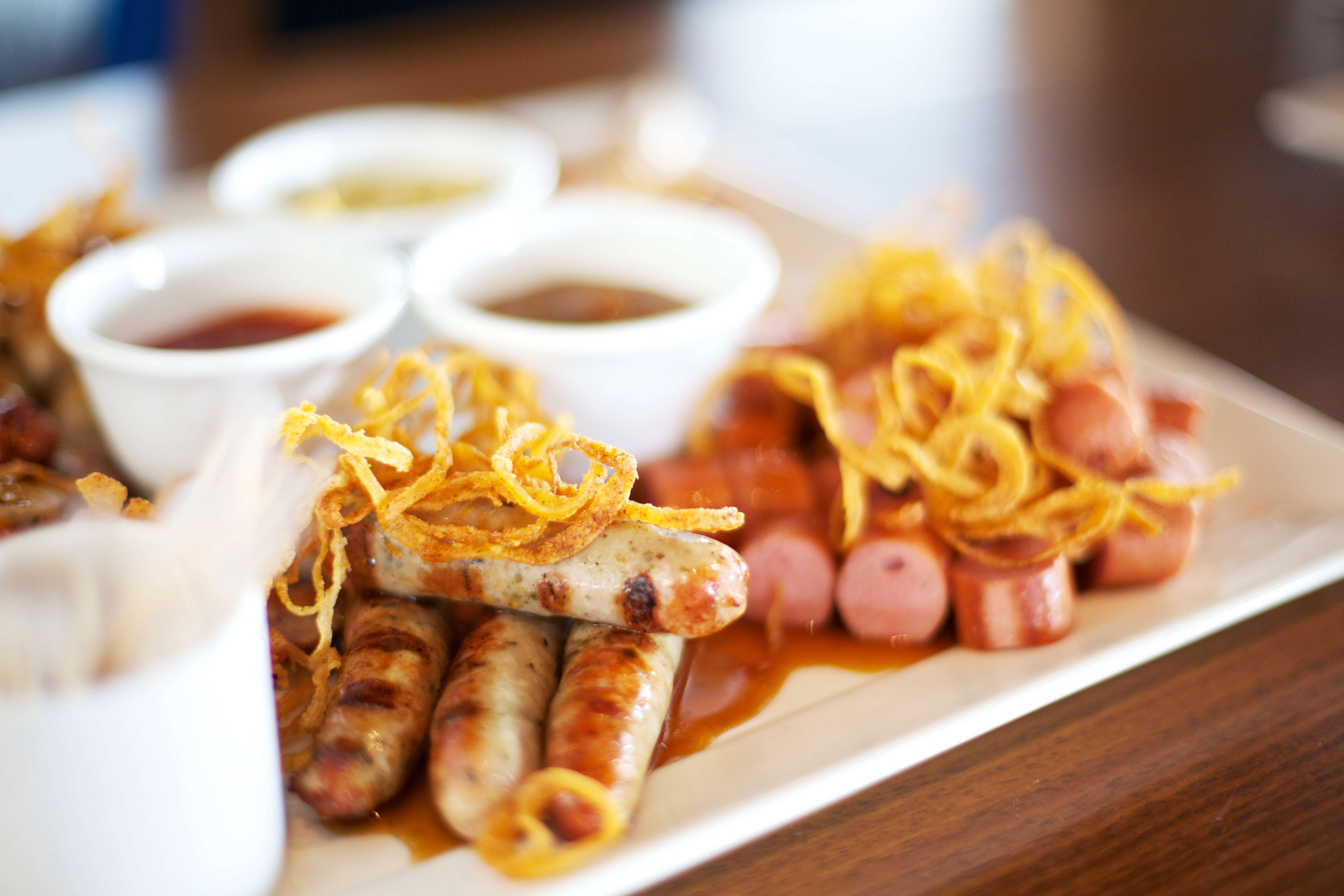Making A Cas(ing) For Homemade Sausage
Perhaps to improve their health, or simply to save money, people are taking an increased interest in the food they consume. People across the U.S. and Canada are now growing and cultivating fruits, vegetables and other culinary components, Forbes reported. Some people have also taken it upon themselves to grind their own meat, namely beef and sausage. You don’t need to be an experienced butcher to do so, as it takes a few simple pieces of equipment, a little time and the right ingredients.
Get your grind on with these tips and tricks:
Acquiring the right gear
Making sausage isn’t complicated as long as you have all the right tools. Here’s every piece of hardware you’ll need, according to Lets-Make-Sausage.com:
- Knives: There are two options available – the butcher’s knife or the boning knife. The former is perfect for most meat-cutting endeavors, while the narrow blade of the latter is easier to handle.
- Containers: Ideally, the best storage unit for holding meat is a metal tub. However, both coolers and commercial pails, if cleaned properly beforehand, also work.
- Grinders: These crucial devices are available as both low- and high-tech options. Hand-operated grinders have been used in homes for some time, and, while they call for manual labor, they don’t require a power source. For meat more than 5 pounds, it’s best to use an electric grinder – some models can handle up to 200 pounds per hour.
- Stuffer: Like grinders, there are both manual and electric options available. Made of steel or aluminum, manual grinders operate via a plunger pushing the meat into the casing. Meanwhile, manual stuffers, which can process about 20 pounds of meat per hour, do all the work for you.
In addition to the aforementioned equipment, be sure to have a thermometer and some kitchen gloves on hand.
Choosing your meat
Sausage is an especially versatile dish. Not only does it come as either sweet or spicy, but the food can be made with a number of different meats. Picking which one you’ll turn into sausage is all about your personal preferences, The Kitchn explained. Pork is often most popular because it grinds down evenly. For those wanting a stronger flavor, lamb is a solid selection. Though it’s possible to use beef as a filling, its grainy texture makes it a little more difficult to grind.
No matter what you end up choosing, always opt for the cheaper cuts. Because the meat is being ground up, the quality won’t affect the overall taste. Shoulder cuts usually have the most to offer, but just be sure to remove any tendons or gristle beforehand.
What does matter, though, is the overall fat content. Most commercially available sausage will have approximately 50 percent fat. However, for the best balance of both taste and texture, anything between 15 and 20 percent is optimal. Be aware, though, that if you want sausage that’s ground extra fine, you’ll need more fat than most recipes originally call for.
Want even more insight into the sausage-making process? Study up when you enroll in an online culinary school.


